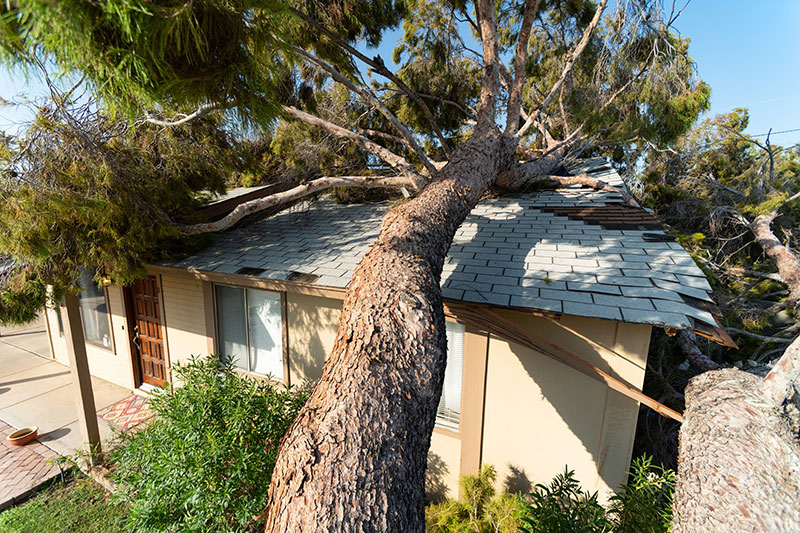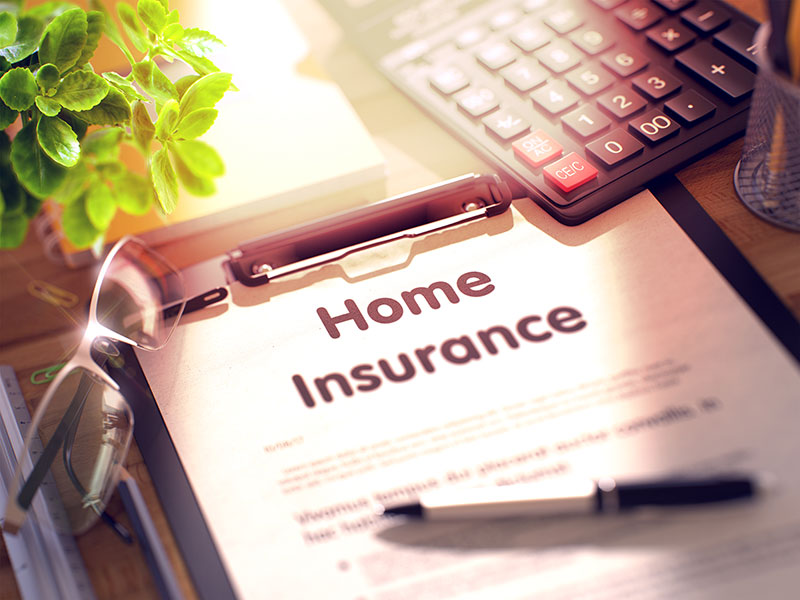Advertisement
Heavy rains, strong winds, thunder, lightning, hailstorms, and even ice storms can be quite scary. After it passes, the possibility of your home getting damaged or totally wrecked is unavoidable and may leave you confused and overwhelmed.
Even though your house can withstand these harsh conditions, time will ultimately take a toll on them. Sooner or later, another passing storm or calamity will finally cause irreparable damage to your house.
Not to worry though! Experts from Bearded Brothers Roofing & Restoration share a 6-step checklist for storm damage restoration to help you get back on your feet in no time!
- Safety First
Severe hurricanes and storms can leave behind damaged roofs, broken glass, and other hazards. So, your first priority after a storm is to ensure your family’s safety.
It is only natural that you want to inspect your property to assess the damage. However, you first need to take some precautions. For one, you need to make sure that there is no threat of electrocution which is more likely if there was flooding and trampled power lines are nearby.
If you think your roof is unstable, then evacuate your family and have a professional inspect its structure. You also need to watch out for sharp debris and protruding nails around. Also, if you smell natural gas after the storm, you need to call the gas company right away and move out of the house.
Since you don’t know which parts of your home are compromised, it is best to stay away from it if you can. Otherwise, you can move to step two.
- Home Inspection
If you’re confident about safety or if the storm was not that bad, then, you can go ahead and inspect your property personally for possible damages. Here’s a guide of the things you should inspect promptly:
- Roof
The first thing you want to inspect is your roof since it is the most vulnerable part of your home during a storm. Some of the things you want to look for are:
- Holes
- Tree Branches Or Other Large Debris
- Missing Shingles
- Broken or Cracked Shingles
- Displaced Metal Pieces
Moving forward, you might also want to take extra measures to make sure your roof is more or less disaster-proof.
- Exterior Walls
After the roof, you should also check your exterior walls. Storm damage to your siding can be difficult to notice. However, some of the possible signs of exterior wall damage include:
- Dents Or Dings In The Siding
- Torn Metal Siding
- Stripped Discoloration Or Paint
- Chipping, Cracking, Or Splitting
- Cracked Wood Finishes
- Ceilings And Attic
While the roof may look fine from the exterior, hail and wind can cause unseen leaks which can lead to bigger issues. Observe your ceilings and attics for water spots and leaks. Make sure to use a flashlight to see well in dark areas.
- Doors And Windows
The windows should be checked immediately after a severe storm. Since they’re made of glass, it’s easy for something to hit and break them. When checking for windows, check for these common issues:
- Broken Window Panes
- Shattered Window Glass
- Damage To Window Frames
- Screen Damage
After the windows, you should also check possible damages to your doors. Some entry doors might completely fall off the hinges or have damages likes holes and cracks that will allow moisture and pests into your home.
- Fences, Railings, And Decks
Wooden fences, railings, and decks can be broken or splintered by flying debris during the storm. Also, the paint may get chipped or stripped, exposing the wood material and reducing the lifespan of your fence or deck.
- Document All Damages

As you assess the damage, it is necessary that you take a picture of each for an insurance claim. It is important that you’re as thorough and detailed as possible when documenting.
Take photos from the inside out and make sure that each picture is clear. If possible, organize the photos by room to make your claim process much easier. In addition, you should also include all-expense receipts you have with the resulting damage. This includes accommodation receipts in case you were displaced due to the storm.
- File a Claim
The sooner you contact your insurance company, the better. Waiting can only make your claims process longer, particularly if the storm affected a large number of people in your area.
This is why it is always best to have your insurance adjuster’s number. This way, you can easily get a hold of them and inspect the damage promptly.
- Repair What You Can
Once you’ve identified and documented all possible damages to your home, you should start securing it from further damage. Doing what you can to minimize the damage right away can help make the storm damage restoration process easier and quicker.
Remove any valuable possessions that may sustain damage. Board up windows which are allowing water in. Take steps to repair your flooded basement, or remove tree branches and other debris from the roof and your home’s surroundings.
Prompt identification and repair of such minor storm damage can help you protect your property and preserve its value.
- Find A Reputable Storm Damage Restoration Provider
If securing your property from damage seems to be an overwhelming challenge, you can reach out to professional damage restoration services to get your property back to normal. It is important that you hire and work with a local business that has a credible and solid reputation.
You need to make sure that the service provider has extensive experience in handling the kind of damage that occurred in your property.
Be wary of scams, especially if a major storm has damaged numerous properties in your area. Some fraudulent contractors usually take advantage of such situations and overcharge homeowners for sub-par restoration services.
So, do your homework and find a professional contractor that can restore your home and property from top to bottom.
Final Word
Storms can create damages to your home that can range from simply annoying to downright dangerous. Having to deal with these damages can be overwhelming, especially when the harsh weather has left you and your family traumatized. However, with the above checklist, you will be more prepared for what’s to come, and you can restore your property in no time. Lastly, don’t forget to wear proper gear and equipment before inspecting the house to prevent accidents.

